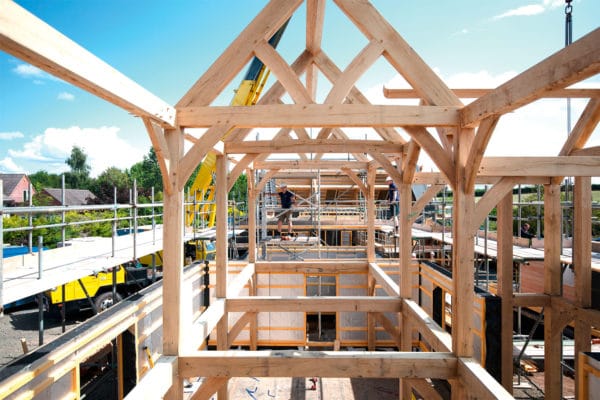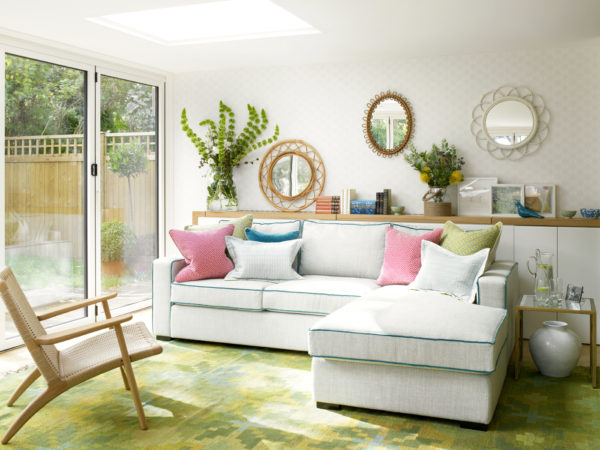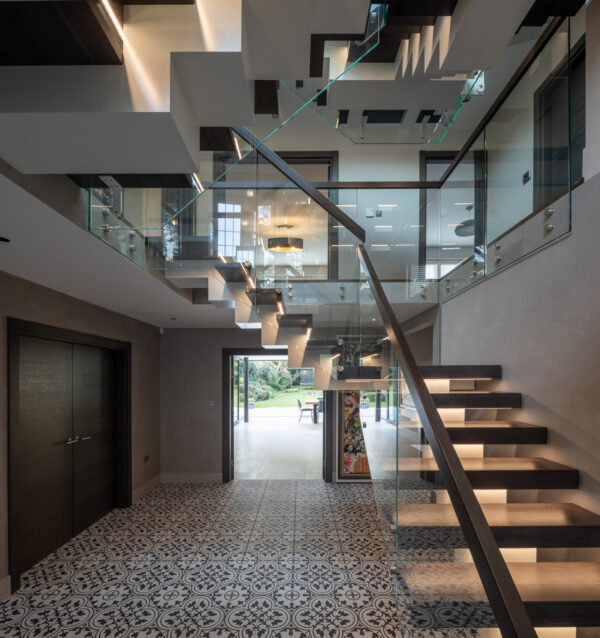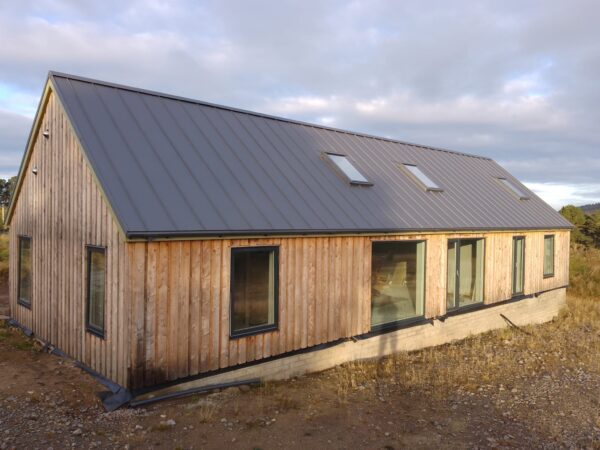How to Specify Glazing for your Project
Gaining planning permission for your project is a fantastic feeling – but there’s more to do if you’re going to realise your dream home.
Over the coming weeks, you’ll need to finalise your specific requirements. In terms of glazing that could be choosing your exact system or detailing the configuration, colour and hardware options.
When can I start looking?
At IDSystems, some of our customers have clear ideas from the start, while for others the design comes together as the project progresses.
Either way, the earlier you talk to potential suppliers, the more opportunity there is to make design tweaks to accommodate your preferred glazing solution.
Adjusting the width or height of an opening, for example, may allow you to incorporate a system with fewer panels and therefore reduce costs significantly.
Who’s in control of glazing specification?
Your architect, builder and glazing supplier can make recommendations and suggestions but, as the client, the final choice should ultimately be for you to make.
The key is to ask if you aren’t sure about anything. It’s far easier and cheaper to make changes and adapt plans at the design stage that it is to try to make alterations when the build is already underway.
The more informed you are about the products you’re purchasing, the more likely it is you’ll get the results you’re expecting.
How can I get the best quality windows and glazing?
Glazing systems are very tactile, and you only get a true feel for quality by trying the doors or windows out.
It’s one thing to read all the specifications and see pictures online or in brochures, but I’d always recommend customers see the doors at our showroom or at an exhibition, such as Build It Live.
You don’t have to bring your architect or builder along, but it can be helpful – particularly if you’re planning anything complex.
How do I compare glazing quotes?
If you’re calling in quotes from several suppliers, check them in detail so you can compare like-for-like.
For example, PAS 24:2016 and therefore Building Regs Document Q (security) requires the use of P1a-rated glass (usually laminated) for doors and windows at ground floor and easily accessible first floor level on new build or change of use projects.
But laminated glass is more costly than a standard pane so, unlike IDSystems, some suppliers won’t quote for it unless you insist on it.
If you’re not sure about what is or isn’t included, and whether it will meet Building Regulations, then challenge the supplier and ask for proof of performance (ie the certifications and accreditations).
How does ordering work for windows and glazed doors?
When you’ve selected the products and components, you’ll be given a detailed breakdown of what you’re purchasing.
Sizes, colours, configurations, glass specifications and the hardware you’ve chosen should all be covered in this.
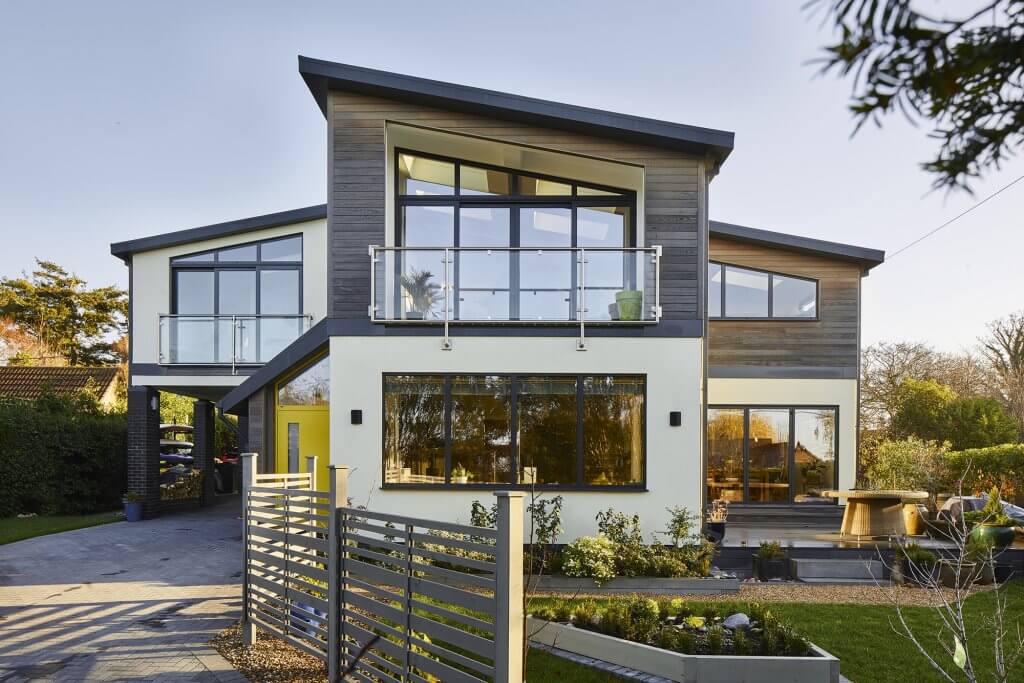
This house, designed by Model Projects, features a range of IDSystems’ products, including IDS300 fixed frame windows, SPF55 bifold doors and Grand Slider II sliding doors [Photo: Chris Snook]
Can I specify glazing off-plan?
Ordering on the basis of the finalised structural drawings can be a good option.
It will speed up lead times, as the openings don’t have to be prepared before manufacture can commence.
With this route, the responsibility for ensuring the apertures are made to the designed size rests with the builder, so check they’re comfortable with this.
There are some circumstances where I’d advise people have a survey carried out; particularly if the units are to be used in a complex configuration where they’re approaching the size or weight limitations of what that product can achieve. It may also be worthwhile if access to the site is in any way difficult.
Who should install my glazing?
The industry typically operates a tiered approach to supplying and fitting doors and windows. So it’s possible the company you’re buying from doesn’t make the products themselves: they’re simply ordering units from a fabricator, and possibly hiring a sub-contractor to install them.
This is fine if everything runs smoothly – but if things go wrong, knowing who to blame can be tricky.
For that reason, I’d recommend choosing a company that fabricates, supplies and installs the glazing using its own staff.
That way you have peace of mind about who’s doing what, and a single contact to deal with in terms of quality control, lead times and the like.
| Edward Stobart is head of projects at IDSystems. He has worked with architects, self builders and homeowners on thousands of projects, providing advice, support and assistance on a wide range of glazing products and build types.
For more information about IDSystems call 01603 408804 or visit www.idsystems.co.uk |
Top image: IDSystems’ IDS65 gable end glazing and SF75 bifold doors were specified for this extension, designed by Scenario Architecture [Photo: Matt Clayton]

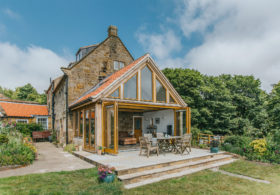



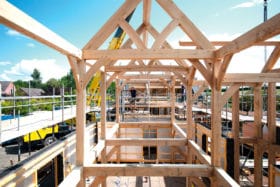
















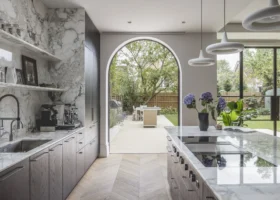
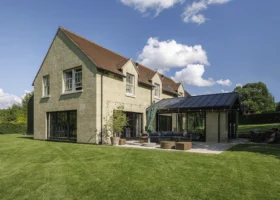
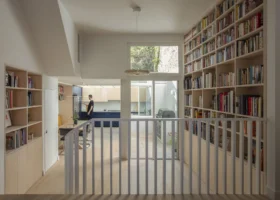
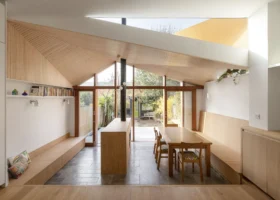











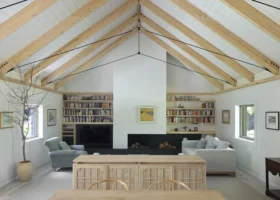

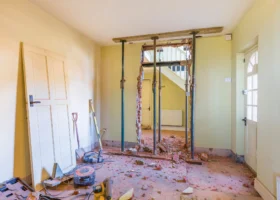



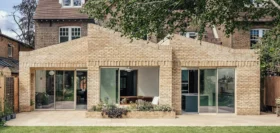








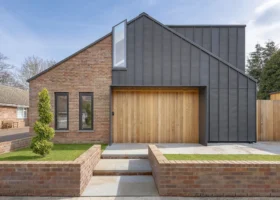
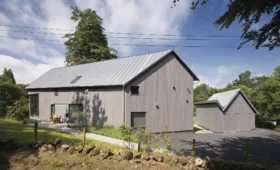










































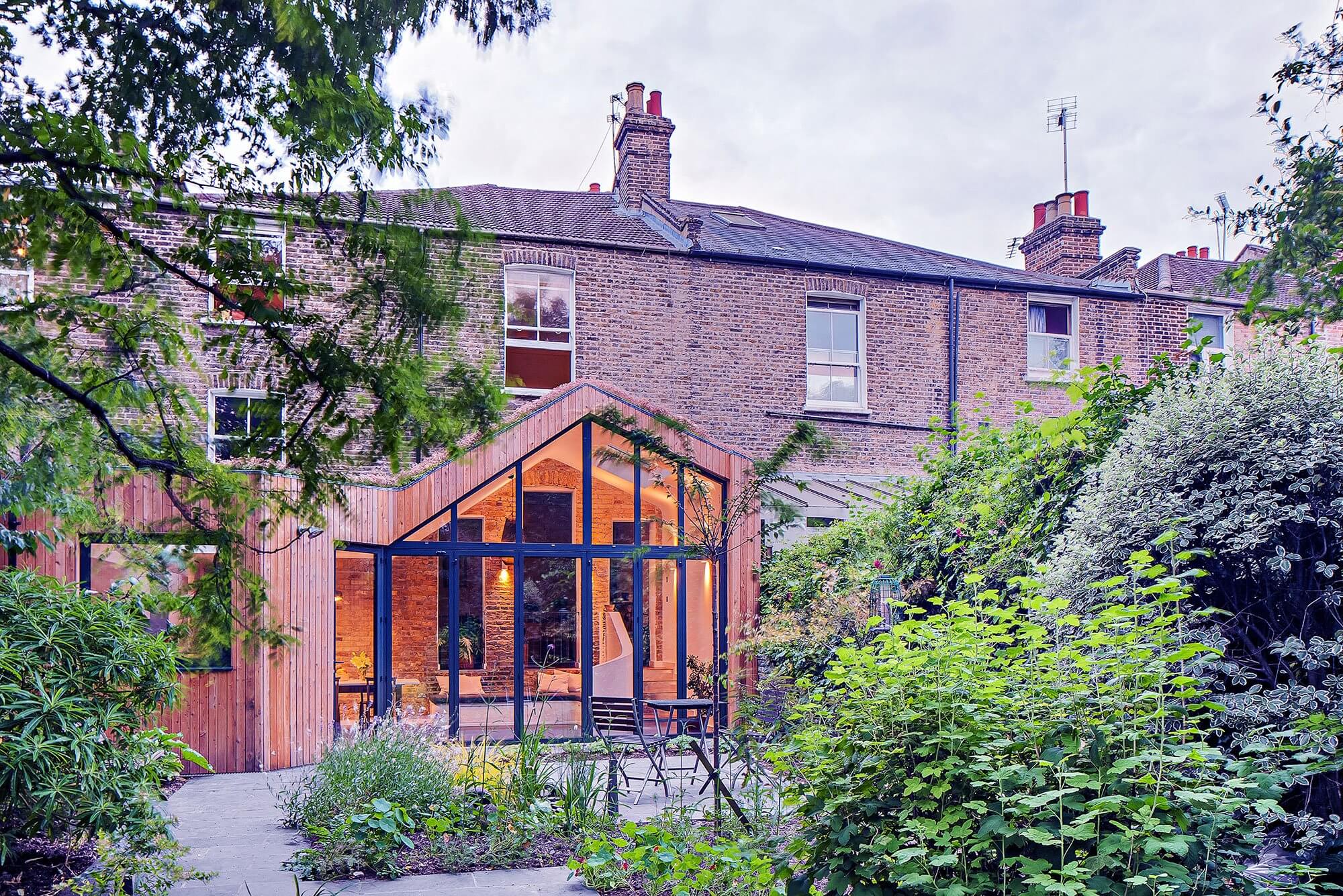
 Login/register to save Article for later
Login/register to save Article for later


